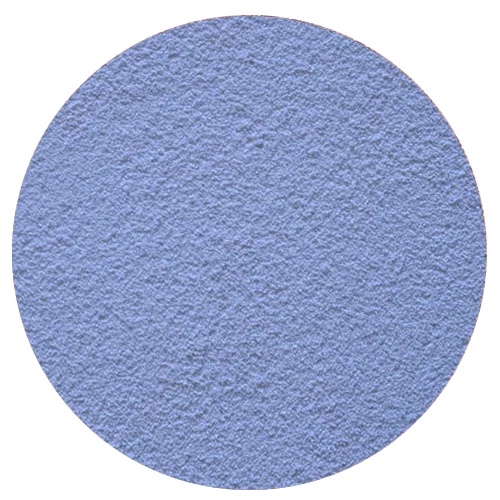Besides the relevance of learning about theory I believe it is important to create blocks of time in which we allow ourselves to explore out of our comfort zone. This applies to any area where we would like to improve: drawing, painting, creating music, dancing, and of course, designing as well.
This week I re-encountered this awesome book that has been in my shelf for a while: Creative Workshop: 80 Challenges to Sharpen Your Design Skills. The book presents a compilation of exercises that range from creating a typeface to designing a paper robot, and all of them within a time set period.
I have only done a couple of the first challenges, but I will keep on the experimentation as I have found it incredibly fun and helpful; it led to activities like the design of my personal logo for instance (something I was avoiding because let's face it, we sometimes procrastinate these kind of things).
Through our practice it is not strange to be surprised by tasks that are unfamiliar to us, tasks that present a problem that needs to be resolved as soon as possible. In moments of crisis we might better access our intuition as designers. Even though intuition is something that cannot be reached directly, we can become more intuitive by frequently solving wildly divergent design problems.
“Difficult situations breed astonishing results.”
I decided to share one of the latest exercises to give an idea of what the book is about, and to showcase a bit of the process. In this occasion the challenge is called I'm Drawing a Blank, it is all about white space.
As designers we must learn to take away excess and focus on what is necessary, so in this case the activity was built around creating a concept for a paint company, to help them with a folder design that is part of the material for their next campaign. The difficulty: the mandatory direction was that the folder must have about 90% white in the overall look.
“The single most overlooked element in visual design is emptiness”
I'm Drawing a Blank
Time: 60 minutes
Concept building:
I will start by introducing the idea of "Timeboxing", which I learned from the book. It is basically the use of short, structured sprints to achieve stated idea generation goals. In this way, you project little blocks of time for each of the activities you need to accomplish to reach your end, with a global vision of the total time you can destine for the purpose.
This is something you can do quickly at the beginning of the exercises and it helps a lot when presented with a deadline, so I have incorporated this variation of planification to my set of work methodologies and you can do too.
The time box for this exercise was the one below, with a set of bite sized activies with an evaluation in between steps.
As the direction was kind of broad I decided to invent a story for the campaign:
Client: Sherwin Williams
Collection: Summer 2017
Product: exterior paint with a texturized finish + UV protection
Brainstorming:
I decided to go for mind mapping, which I think is a fast way to output ideas and create relationships. The center was the principal constraint of the project: 90% white in the the overall design.
Inspiration:
One of the elements that appeared through the brainstorming process as a inspiration were pop-up books. I am a VERY BIG FAN of pop-up books, seriously, and this one on Alexander Calder by Patricia Geis is one to die for.
Design:
The concept evolves into a very simple scheme: a global design where white dominates and the colors of the new collection pop out from the whole.
Textured paints as an inspiration.
The main feature of the design is represented by pull tabs. Each paint offers the opportunity to extend itself across the canvas, and only then, color will recover its protagonism and you will be able to discover the full textures of the new collection.
This was a short exercise and of course the results are far away from an elaborate product but the purpose is mainly process oriented. I support the idea of building strategies and consciously exploring novel territory as part of our work. Additionally, strengthening our design methodology is fundamental and will lead to a lifelong path of learning, with both failure and success ― don't be too hard on yourself.
Certainly, this is also a reminder to myself, because perfectionism can stand in the way of learning sometimes and can lead to a lot of struggles.
Just do something new today. Becoming more creative takes practice.










